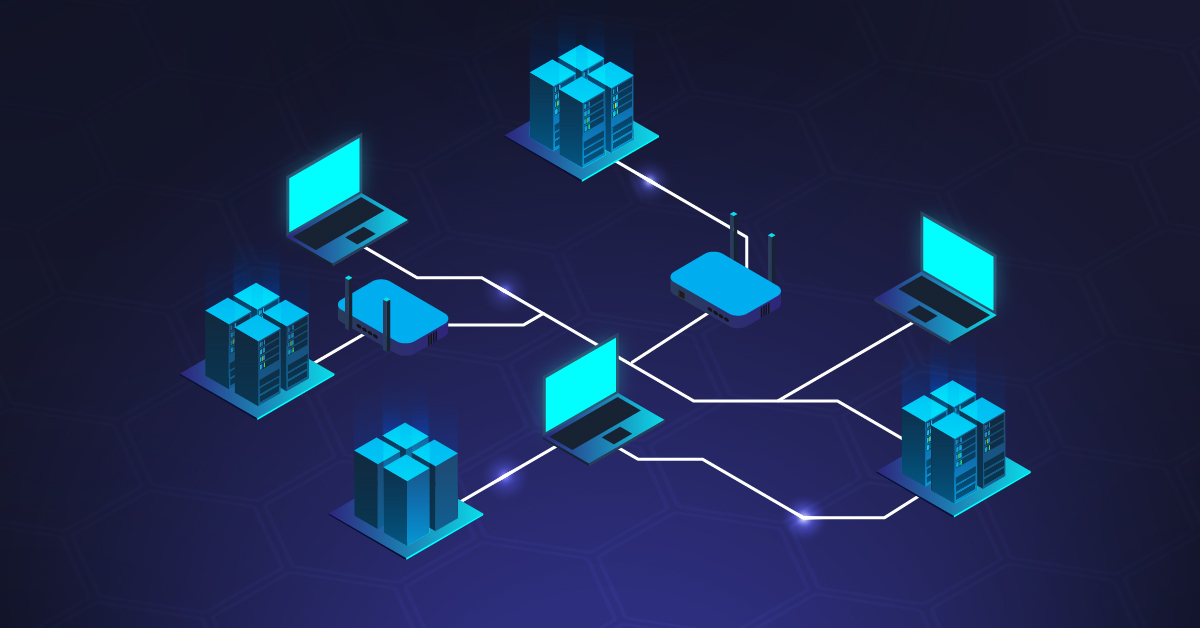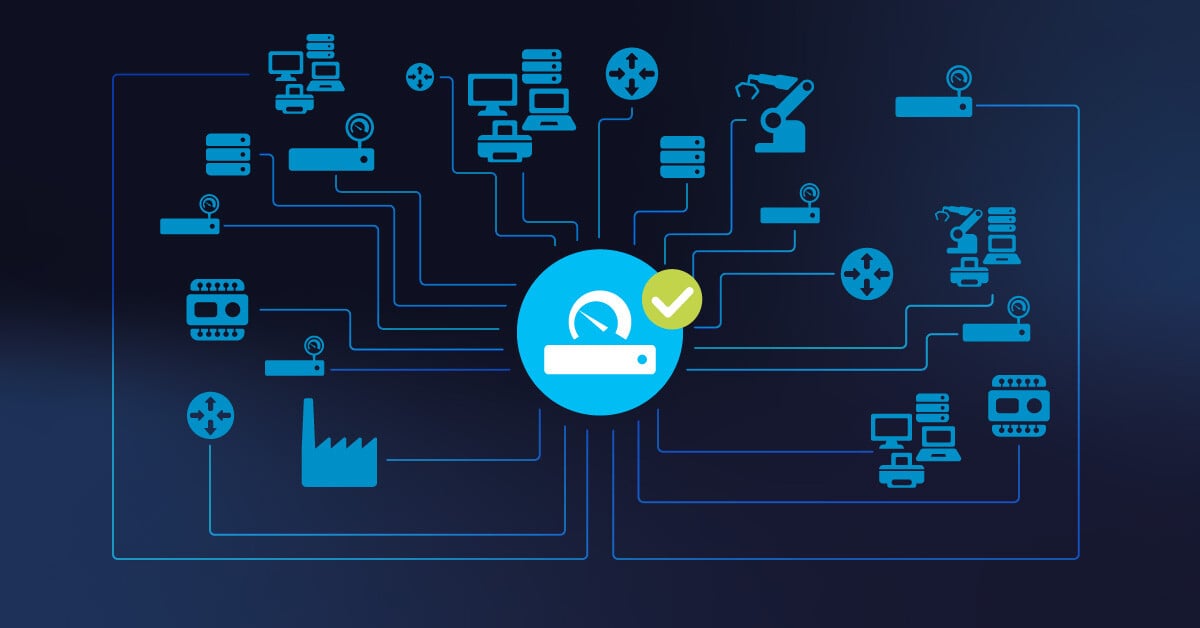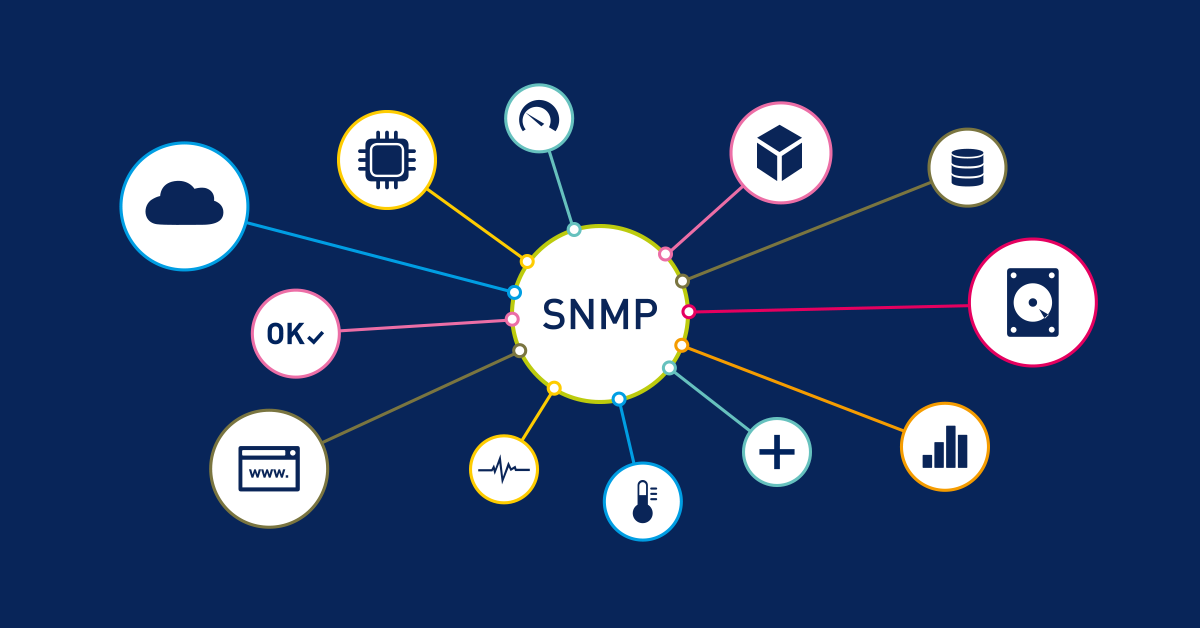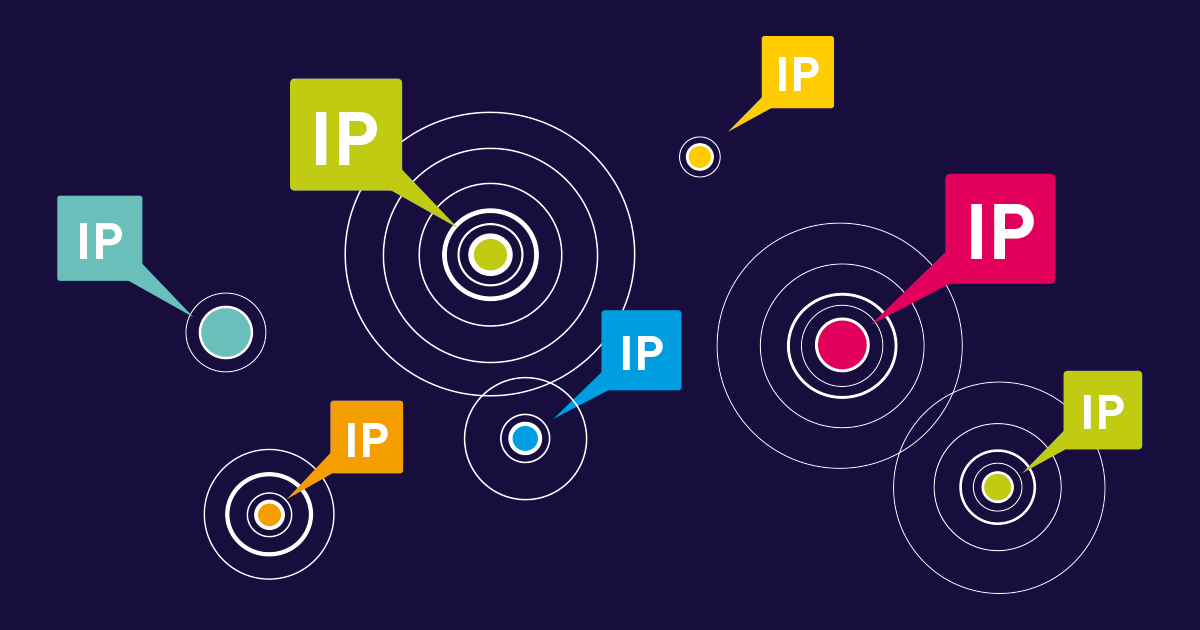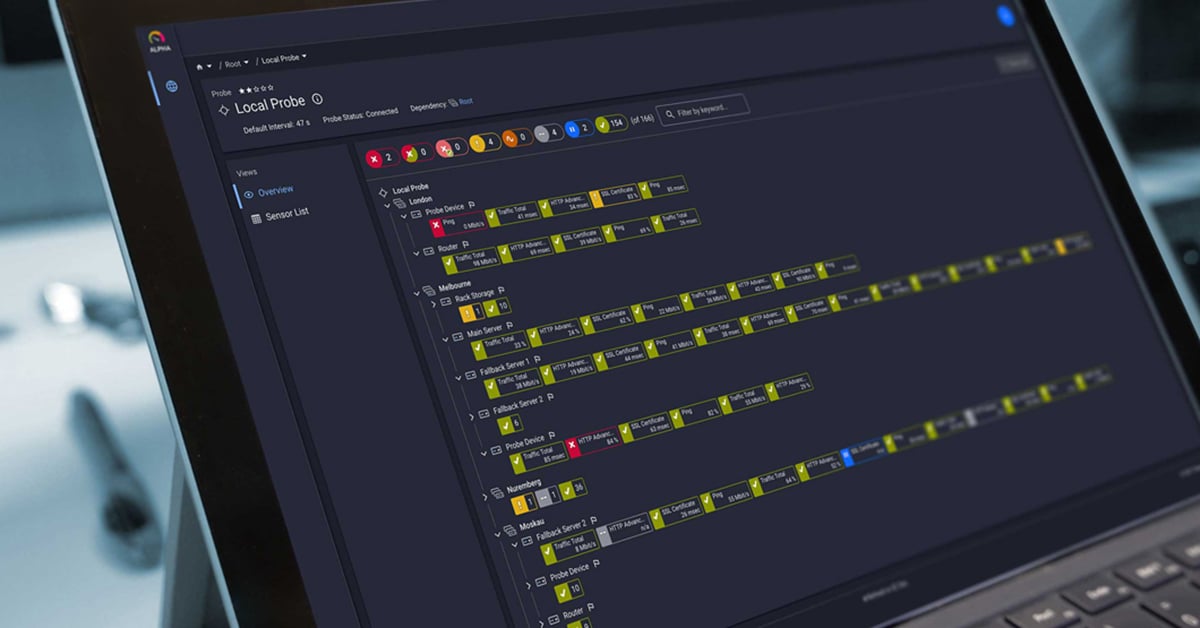In the hyperconnected world, mobile network performance monitoring is crucial for staying online and never missing a beat. With the widespread adoption of mobile networks for business activities, it is vital to understand how to monitor network performance to avoid downtime, high latency, and overall interruptions.
In this article, you will find an in-depth guide on mobile network monitoring, best practices, and examples of metrics that can help you prevent mobile network outages and optimize network performance.
Mobile Network Performance Monitoring 101
Mobile network performance monitoring is the practice of continuously monitoring the health, traffic, and performance metrics throughout the mobile network infrastructure. This entails a comprehensive and holistic approach to network operations that allows identifying and fixing potential issues before they affect end-users, optimizing bandwidth consumption, and other network-related metrics.
Network monitoring tools provide real-time observability over your mobile network performance, using automated data collection and analysis. Network monitoring encompasses device, endpoint, and application performance and also user experience metrics that allow getting 360-degree network visibility. These solutions monitor every aspect of the network health, no matter how complex and diverse the network topology is.
Mobile Network Monitoring Metrics
Mobile network performance monitoring is not possible without a certain set of key performance indicators (KPIs) that matter the most to end-users’ experiences. Some of the essential metrics for mobile network performance monitoring include latency, bandwidth consumption, packet loss, and more.
🧩 Latency is one of the most important network performance metrics to measure, as it directly affects end-users’ experience. This is a metric that indicates how long it takes to transfer a packet from a source to a destination endpoint. High network latency will have an immediate adverse effect on application performance, and users will experience slower load times when trying to access mobile applications and websites.
🧩 Bandwidth utilization and other performance indicators also help with finding issues with network congestion. Network monitoring tools help measure how much data is being transferred on every link across the network. This data helps not only optimize network performance but also aids in capacity planning.
🧩 Packet loss data, on the other hand, can indicate how stable the connection is. Packet loss usually points to network connectivity issues. Network monitoring solutions help to measure this crucial performance indicator across different links in the network and facilitate root cause analysis.
Other key metrics include DNS response time, device health data, and end-to-end connectivity statistics. These metrics provide a holistic understanding of network infrastructure performance and help correlate other performance problems throughout the network.
Real-Time Network Monitoring and Automation
Network monitoring in real-time allows the automatic detection of potential issues that might have otherwise been left unnoticed, affecting business-critical apps or services. Real-time network performance monitoring solutions provide automated alerting that notifies the network operations team in the event of a potential issue.
Network performance alerts can be configured according to predefined thresholds for every monitored metric so that the team can react before users are affected. Automated workflows can be configured as well, providing automated responses to common network problems so the network can self-heal. For example, network congestion alerts can automatically trigger rebalancing of traffic loads or other network parameters to ensure optimal performance.
Network performance monitoring solutions today typically use SNMP protocols and API integrations to collect data points from various devices across the network infrastructure. This automated data collection method ensures that every part of the network is monitored without requiring manual intervention.
Dashboard and Analytics
Dashboards play a very important role in providing actionable information about the performance of the mobile network infrastructure. Interactive interfaces allow network administrators to display and visualize real-time performance, historical data, and other analytics in user-friendly formats.
These tools must be highly scalable to support growing network monitoring needs without sacrificing the performance of the interface or responsiveness. The layout can be customized to accommodate network-specific metrics for mobile network monitoring, such as app performance monitoring, traffic patterns, and device health, etc.
Advanced visualizations can also help determine relationships between different sets of data points and performance indicators. For example, network topology information can be visualized on the dashboard along with performance metrics to determine the origin of a problem.
Troubleshooting Network Performance Problems
Troubleshooting methodology for mobile network performance issues is based on a systematic review of the data. This includes monitoring tools that provide detailed network traffic visibility to help with quickly troubleshooting any performance problems.
Root cause analysis becomes significantly more manageable when monitoring tools are able to provide multi-data source correlation. For example, bandwidth utilization data can be correlated with application performance metrics to ascertain whether the network or the application itself is the culprit.
End-to-end visibility into the performance of all components of the network is another crucial feature that should be provided by any monitoring solution. Network operations teams can benefit from a monitoring solution that allows checking network performance across every device in the network – from mobile devices through WiFi access points all the way to backend data centers.
Mobile Network Monitoring Tools and Technologies
Mobile network performance monitoring solutions typically provide dedicated support for mobile network protocols and various monitoring technologies used in this context. Professional monitoring solutions usually have ready-made sensors or monitoring templates that are pre-configured for common mobile network equipment and infrastructure components.
SNMP is still the foundation for any monitoring solution that requires device data collection, and most tools for mobile network monitoring still leverage SNMP. Newer technologies that allow collecting performance data from modern network infrastructure components and cloud-based network services through APIs are also often used in conjunction with more traditional monitoring methods for providing observability over hybrid network environments.
Mobile apps and Android-compatible monitoring clients can also be used as monitoring agents for extending monitoring beyond the network infrastructure and get insights into how the network is performing from the end-users’ perspective. Client-side monitoring is useful for mobile network performance monitoring when used together with infrastructure-based monitoring tools.
Optimizing Network Infrastructure Performance
Network performance can be improved and optimized based on the data collected from monitoring activity. Performance monitoring is a crucial aspect for effective capacity planning, allowing organizations to understand their current usage patterns and predict future growth in order to scale the network infrastructure accordingly.
Proactive network management and performance analysis also help organizations prepare for potential performance problems by analyzing past performance data and trends. Historical data from mobile network monitoring tools can help determine common patterns in traffic and typical baseline for network performance, which can then be used to optimize network configuration in anticipation of increased traffic and lower utilization during off-peak times.
Comprehensive network health insights based on the performance monitoring data can also help inform organizations about where it might be best to allocate resources and focus maintenance activity. Network components that have the most impact on the mobile network performance and users’ experience should become the top priority for organizations when it comes to network infrastructure optimization.
Mobile Network Monitoring for Security
Mobile network performance monitoring also takes security into consideration since security-related events or indicators may also have a substantial impact on network performance. Network performance monitoring can detect suspicious traffic patterns that might point to potential security issues or breaches that might be affecting the mobile network performance.
Performance monitoring tools can be integrated with security monitoring systems to provide end-to-end visibility over network health and security state. This integration can be valuable for quickly determining when a security breach or a security event has a negative impact on the network performance or if performance issues themselves can be an indicator of an underlying security concern.
Mobile Network Monitoring Trends
Mobile network performance monitoring is constantly being shaped by new technologies that are being introduced into the market and becoming integrated into the existing monitoring landscape.
Emerging artificial intelligence and machine learning-based solutions are making it possible to enhance automated analysis of network performance and predict potential issues in the future. AI-based analytics is a great addition to mobile network monitoring as this can help pinpoint problems before they cause user-visible performance degradation.
Cloud-based monitoring solutions are also gaining more popularity in the market as a flexible and scalable alternative to traditional on-premises monitoring solutions. This provides a different pricing model as well as less operational overhead for network monitoring deployments.
Conclusion
Mobile network performance monitoring must be performed with the aid of robust, all-inclusive, and enterprise-grade network monitoring tools that can provide round-the-clock visibility into every aspect of the network infrastructure. Paessler PRTG is the all-in-one solution that has all the necessary features to help businesses of all sizes optimize mobile network performance, prevent outages and ensure high satisfaction of the end-users.
PRTG comes with more than 250 built-in sensors that support all major monitoring protocols, including SNMP, which allow for monitoring every aspect of your mobile network infrastructure. The easy-to-use dashboard, intuitive alerting system, and advanced analytics features make it simple for the network operations team to easily identify performance issues, troubleshoot them, and optimize network infrastructure for the best possible performance.
👉 Try PRTG Network Monitor free for 30 days and see for yourself how advanced network performance monitoring can help improve network uptime, reduce latency, and keep your business going online at all times!
 Published by
Published by 




